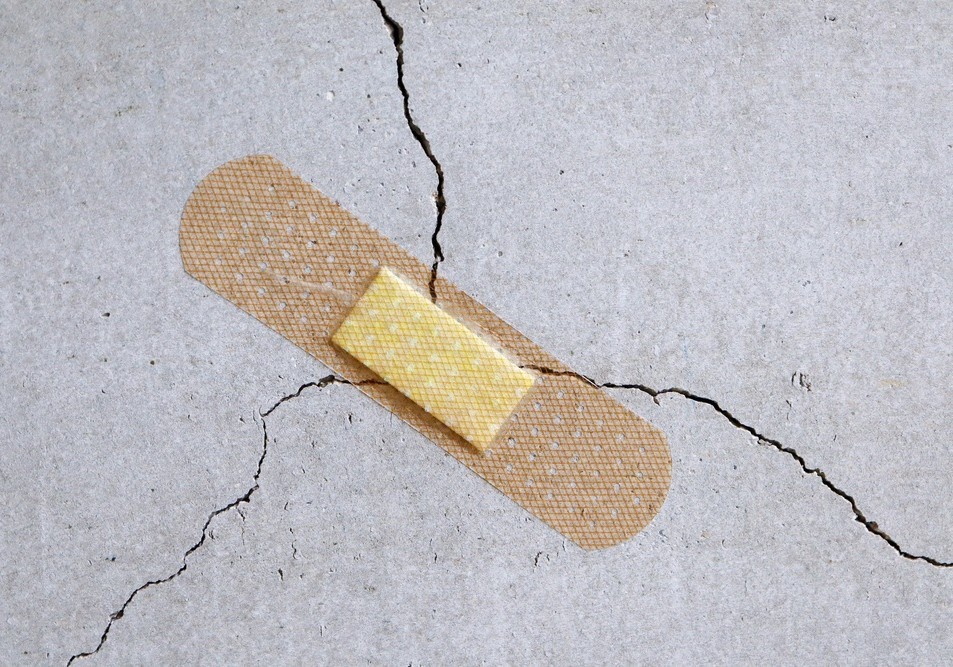The expert panel appointed by the NSW government to support the Cladding Taskforce’s Project Remediate and to advise government on suitable products and systems to remediate combustible cladding has issued its first report. Significantly, the advice recommends an approach to cladding that imposes higher standards than both the BCA and the NSW Building Product Use Ban 2018. The report is advice for Project Remediate not a regulatory standard and relates only to residential buildings in NSW. Nevertheless, the advice provides persuasive guidance to owners, strata managers, building managers, developers builders, designers, suppliers, insurers, valuers, banks and local authority regulators.
The expert panels advice
- FR panels with 8 % or more combustible material need replacement. (The current NSW Product Ban only applies to panels with 30 % or more).
- A2 panels with less than 8 % combustible materials need replacement unless tested to AS 5113 (full wall as assembled test), installed with cavity barriers and protected with a sprinkler system.
- Only solid aluminium, solid metal, fibre cement and non-combustible cement render are considered acceptable replacement options subject to bespoke design requirements.
- Design and installations requirements should apply to installation fixings systems, cavity barriers (to prevent chimney effect) and fireproof mechanical fixings to prevent fire debris fall.
- Cladding replacement systems will need to be designed on a bespoke basis for performance elements including for example, condensation and thermal performance.
- Fire testing can only be done at two NATA approved facilities, CSIRO and Warrington, and must be done independently of product suppliers and manufacturers.
- Products and systems must be fit for purpose and without any onerous maintenance measures for building occupants and owners.
- Suggestions that solid aluminium panels spread fire comparable to combustible composite panels are ‘false and unfounded’.
- There will be more advice to come for example concerning other bonded laminate materials and A2 panels (less than 8% combustible material).
The likely implications of this report
There will likely be an increase in the number of buildings to be remediated in NSW (and perhaps elsewhere in Australia). The scope of remediation work that must be done on a bespoke basis will also increase. My reasons follow.
- Insurers will become more cautious because of this risk assessment. A key objective of the report was to allow buildings remediated under these guidelines to be fully insured in line with comparable buildings not affected by combustible cladding. The expert panel includes a representative of the Insurance Council of Australia.
- The advice will inform reviews of the BCA and The NSW Building Use Product Ban. The report pointedly refers to a lower risk stance than the BCA that reflects current best practice here and overseas. It is inconceivable that in light of this advice the NSW government would not increase the scope of the retrospective 2018 Product Use Ban to include FR (8%+) and A2(8% -) products without a compliant full wall test certificate.
- The scope of cladding related remediation works will increase. The report covers much more than replacement products. It extends to fixing systems, cavity barriers and other elements. The reference to condensation is important because of growing reports of life health and safety mould issues in high rise buildings due to both weatherproofing and condensation issues.
Michael Teys
20 April 2021
Watch Michael’s 7-part video series Australian Cladding Unacceptable Solutions
Michael Teys is a strata consultant, researcher, and speaker. He holds an Australian Research Council scholarship to study urban renewal of strata buildings with City Futures Research Centre at University of New South Wales. This article does not constitute legal advice or academic research and the views expressed are the authors alone. The author is retained by a supplier of solid aluminium cladding.






